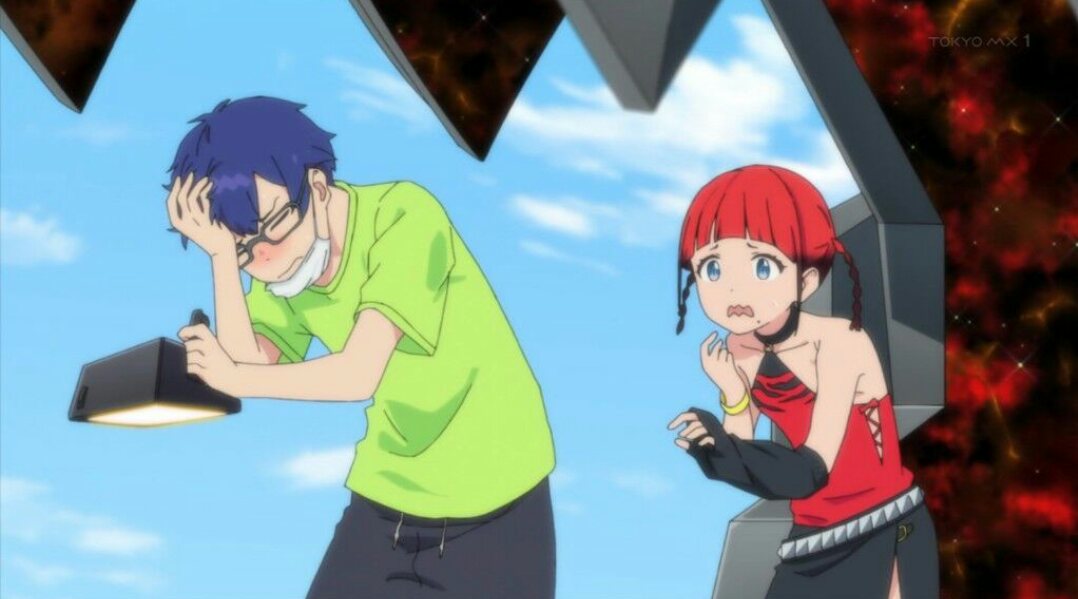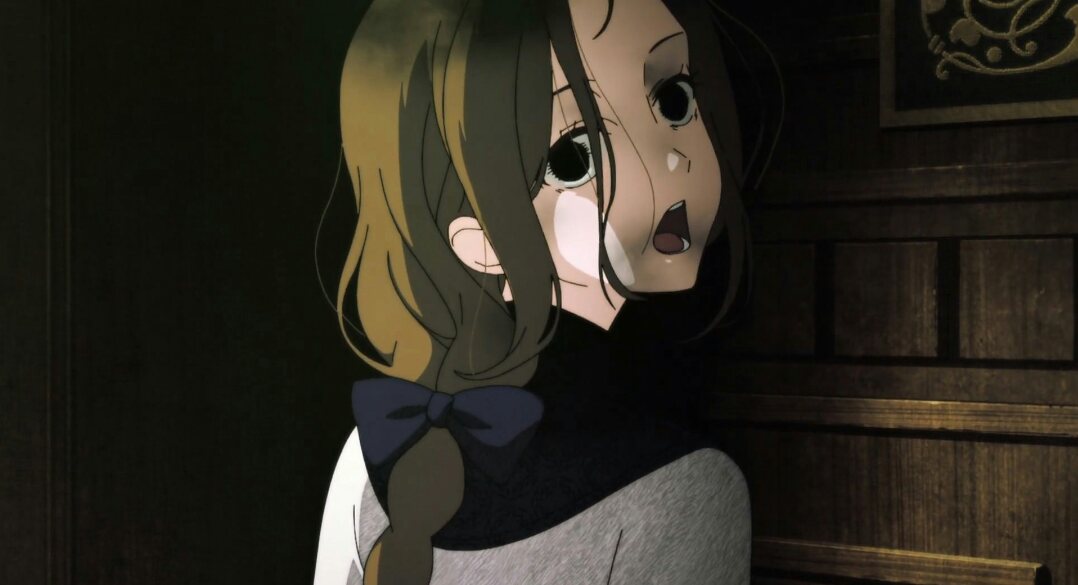SEASONAL PRATTLE
Shadows House returns with a pleasing third episode, plump with a variety of smaller assets that generally make methodical narratives like this work. Its base telling favors the delicate, innocent, and often curious visage that’s associated with the dolls’ ongoings, and its material choice of a classroom/house tour is a good cover to establish that – naturally acting as a ripe environment to playoff of Emilico’s childlike concern and provoke the audience’s interest all in one stroke. This would seamlessly scrawl over to bolder splashes of black when the scorches get involved, neatly showing confidence in this series’ ability to fray its delicacy as Rosemary’s infection makes for a good dramatic peak. A good serving of incidental details and some harder pieces of narration pack out the remaining spaces in-between in what’s becoming a well-put-together show.
Fumetsu no Anata e (2)
“Facets that are consistently put in a good position to establish the ground floor of what appears to be an emerging arc”
From its taut structure and fine character beats to its altogether smooth execution, Fumetsu no Anata e offers another positive performance to pair with its first. Episode two isn’t equipped with the emotional gravity of its showing seven days ago, and it doesn’t really culminate in a major way like it either, however, two is pleasing due to how balanced it is in its delivery. There’s a clear grasp of what it wants from its depiction of Yanome tradition, the articulation of Ninannah’s environment, and most importantly March’s role – all facets that are consistently put in a good position to establish the ground floor of what appears to be an emerging arc. And the telling is seeded with enough fascination to be curious about in its own right. Naturally, it was always a difficult task to follow up the highs of episode one, and two may have come up short in carrying that momentum – but it’s still plenty good and Fumetsu no Anata e remains a pretty bright work.
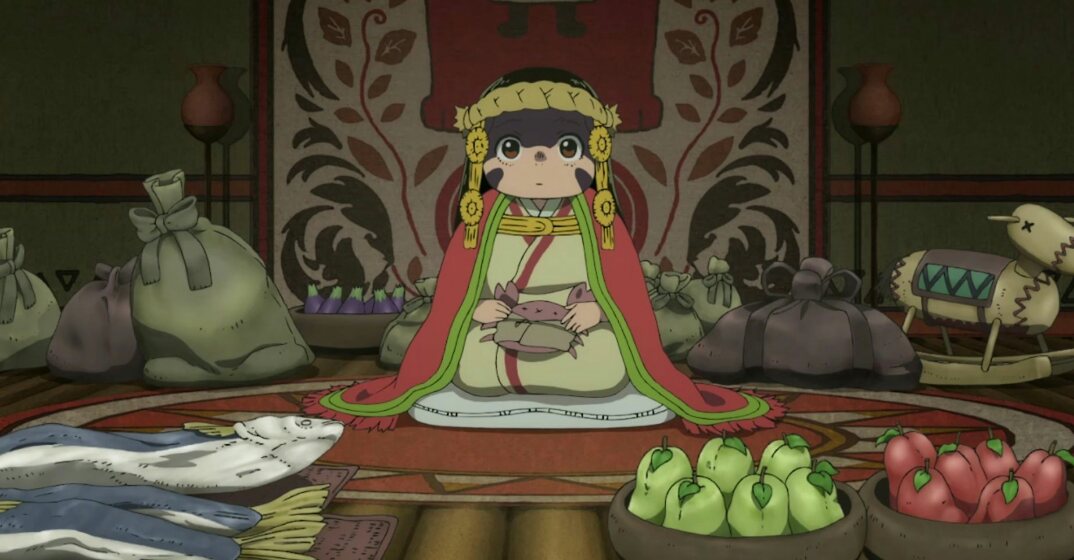
Vivy: Fluorite Eye’s Song (5)
“Strong enough to be an easy stepping stone to more pulpy narrative bits”
This week’s Vivy: Fluorite Eye’s Song wasn’t as accomplished as episode four, however, it’s built strong enough to be an easy stepping stone to more pulpy narrative bits that this series wants to tell. With that said, five takes on the form of a framework – full of key beats and lengthier riffs that puts the first direct experience for viewers with Metal Float and all the opening accessories to the narrative that surrounds it in place. It’s a serviceable performance, one that isn’t immediately compelling in any true way but just does the thankless job of getting viewers situated for the rest of the arc. Not every episode has to be a beauty, and more tamed, introduction-oriented episodes like this are needed too.
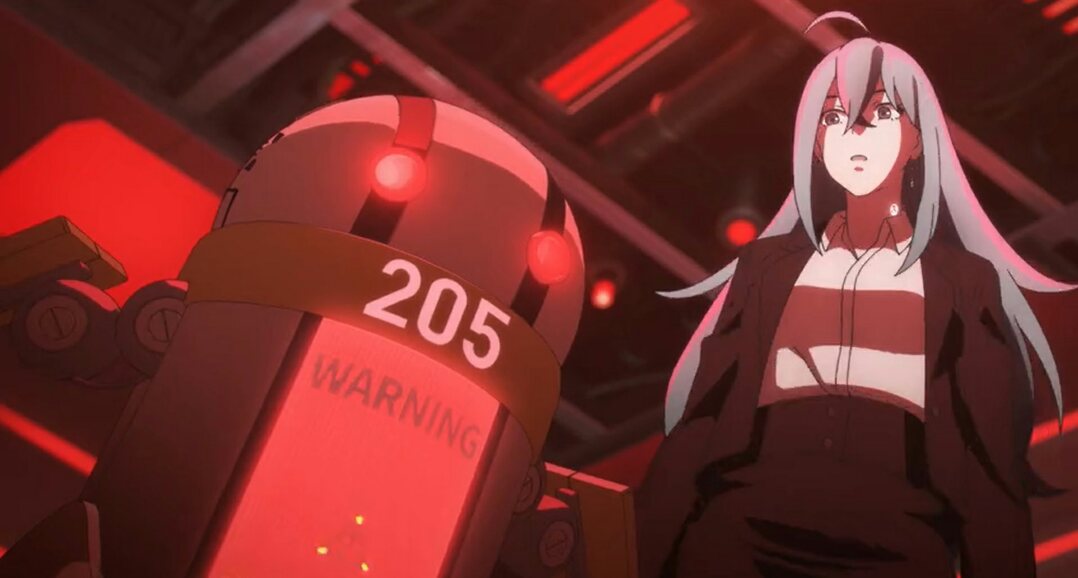
86 (3)
“If this episode is any indication, 86 might actually keep improving in its use of drama as it goes along”
After a more exposition-heavy last week, 86 bounced back in fine shape – complementing its prickly thematics with a piece of story that’s bitter enough to not only stand next to its current messaging but amplify it. Early on, episode three is rather flat. The river scene wastes no time signaling that it’s encrusted in tropes, basically playing out as one would expect if you’ve seen more than a couple of anime. Be that as it may, its later portions play out much better, with most of the episode’s value resting almost entirely on a good push and pull of relations – establishing Kaie with Lena to the extent that the ending gets by with a fair amount of underlying climactic lace. If this episode is any indication, 86 might actually keep improving in its use of drama as it goes along.
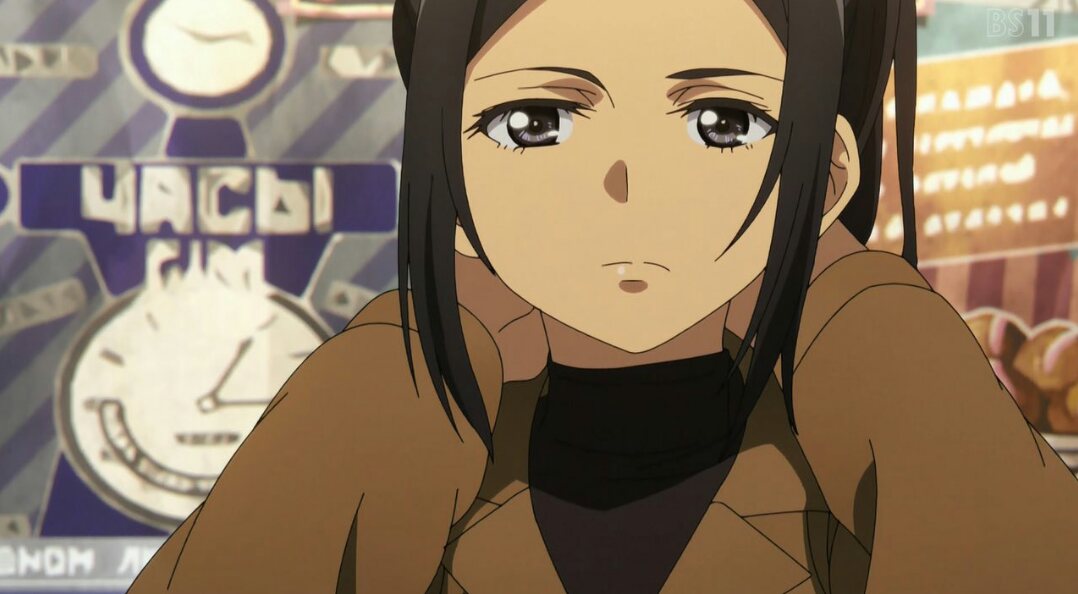
Super Cub (3)
“Koguma’s small pleasures in her cub’s upgrades are gracefully administered and its composition is very much an aesthetic object in its own right”
Super Cub comes back as warm as ever, lending equal parts soft slice of life and relaxing mood piece into a healthy third outing. While three’s material doesn’t offer anything as noteworthy as getting Reiko, Koguma’s small pleasures in her cub’s upgrades are gracefully administered and its composition is very much an aesthetic object in its own right – ample in striking backgrounds and fastened together with especially accurate sound design. Super Cub has been a transparent byproduct of its love for bikes and crisp use of genre attributes, and given episodes like this, that synthesis will continue to be a strength.
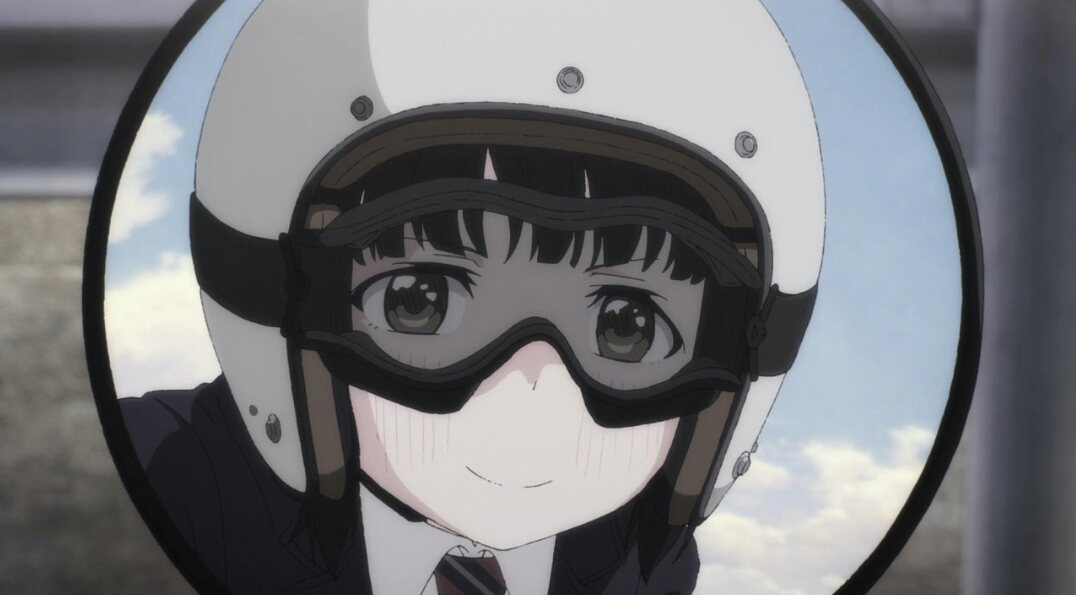
Bishounen Tanteidan (3)
“Lacking the sharper narrative focus and proudly clever direction that top works associated with the studio bring to the table”
Bishounen Tanteidan rolls on with an offering that’s very much in Shaft’s wheelhouse, although raw in finish, lacking the sharper narrative focus and proudly clever direction that top works associated with the studio bring to the table, and ultimately coming up as disappointingly short when the dust settles. This last chapter of Mayumi’s arc just feels like a shuffling of partial ideas that never actually click into a meaningful conclusion – passing Rei and the Twenties through all too brief drama and amounting to a rather anticlimactic arrest. It’s the type of wishy-washy outcome you can expect from a lesser show and one that stains what was otherwise a fine story
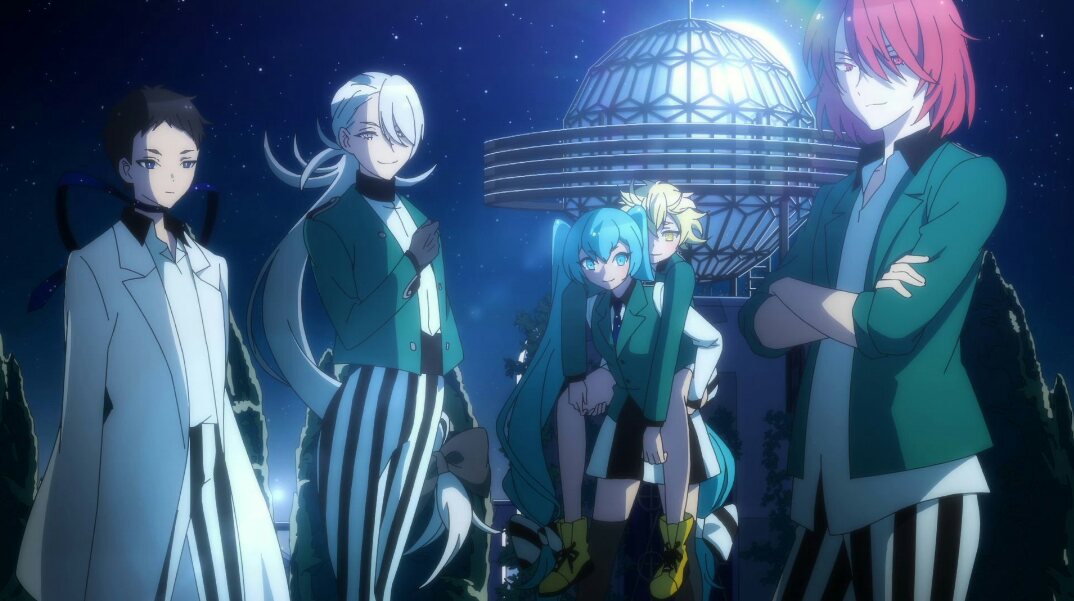
Mashiro no Oto (4)
“Thoughtful enough to drive home the sympathetic framing and tone that it was going for”
We were essentially in closing territory for this week’s Mashiro no Oto, as the series put a stamp on the emotional package in fulfilling Shuri’s grandmother’s wish and started organizing some pieces for what’s to come next in a moderately straight forward way. Nevertheless, episode four is still a pretty good time. Getting to hear Setsu’s Shungyou was nice despite it being simplified, and the show’s articulation of the imagery and flashbacks that accompany it are thoughtful enough to drive home the sympathetic framing and tone that it was going for. Mashiro no Oto appears to be shifting narrative gears moving ahead, and I’m perfectly fine with that. Hopefully what it wants to tell next will be just as enjoyable to follow.

Ijiranaide, Nagatoro-san (3)
“A good string of material that frames Nagatoro beyond her surface gimmick and even nicely pulls off a couple of comedic skits”
Ijiranaide, Nagatoro-san moves forward with easily its best showing so far, finding a good string of material that frames Nagatoro beyond her surface gimmick and even nicely pulls off a couple of comedic skits without having to saturate it in perversion. It’s good to see Nagatoro being blatantly protective of Senpai in three’s second half, and certain reactions here and there to his usual responses are decent indicators that there’s more to Nagatoro’s perception of their dynamic than its basic scope. Still, this show remains very entrenched in how its beats routinely flow along with how punchlines tend to shake out, and thus, there’s not much worth noting here beyond the semblance of care Nagatoro gradually hints at. Ijiranaide, Nagatoro-san can very well end up as a worthwhile show for its intended audience – but even at its best so far, its highlights and mechanics really don’t lend themselves to elaboration.
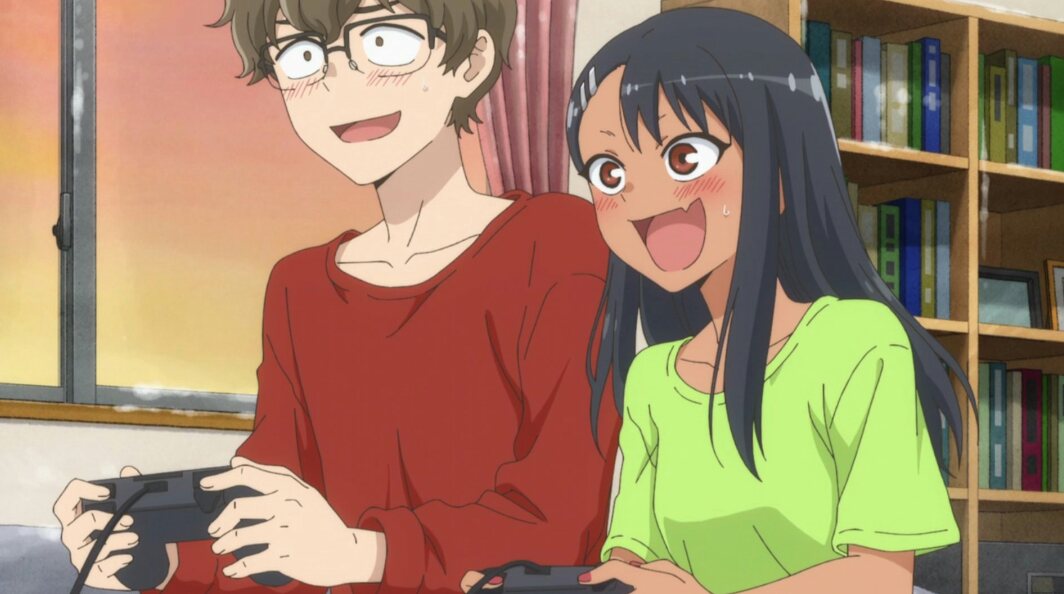
Koikimo (4)
“By-the-numbers execution of all the exact plot resolutions we knew were coming”
It’s Christmas for Koikimo and episode four is very aware of that -basically being a steady parade of its theme’s most common properties, punctuated by occasional office gossip. Reaching for a template scenario like this so early on in Koikimo’s shelf life is already an iffy flag in terms of quality, but having by-the-numbers execution of all the exact plot resolutions we knew were coming upon it actually playing only confirms it.
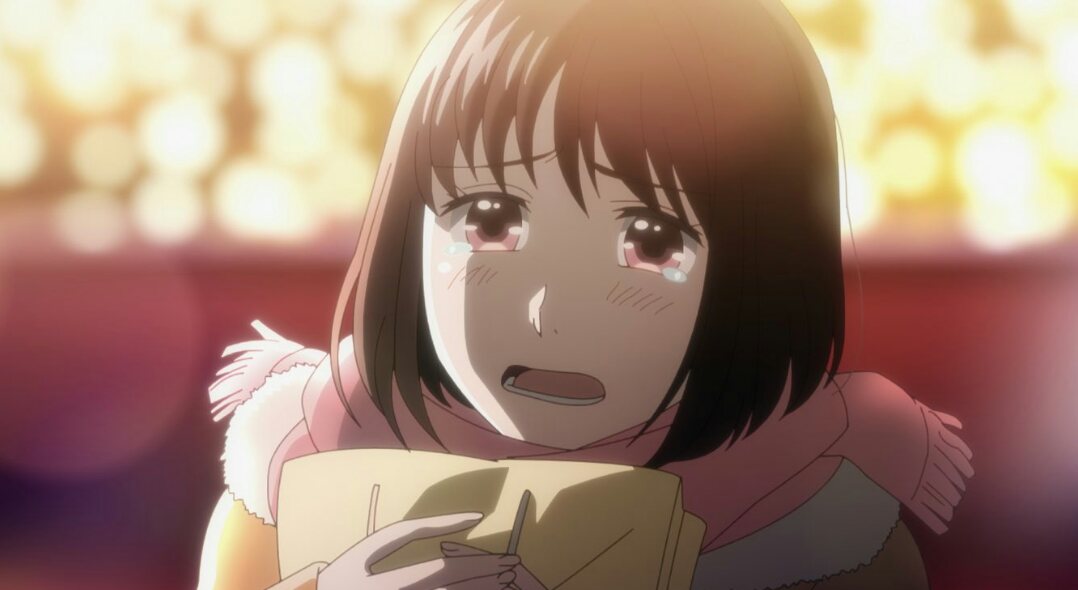
Slime Taoshite 300-nen, Shiranai Uchi ni Level Max ni Nattemashita (3)
“A perfectly fine offering for what it wants to be – but nothing really more beyond that”
This latest Slime Taoshite 300-nen, Shiranai Uchi ni Level Max ni Nattemashita was just one more confirmation that this show is a perfectly fine offering for what it wants to be – but nothing really more beyond that. I appreciate Slime Taoshite’s adhesion to its wholesome temperament; Even if the show slightly weaves from that territory – as it did with some beats in Halkara’s material – it’s not there for long, and episode three on a whole upholds this series’ usual easy viewing experience to compound on that – deeply soaking in its positive ways as if to make up for any diversions. Sadly though, the show hasn’t been all that thoughtful, funny, or well-observed to deserve any higher praise, and while it’s certainly not bad – it’s not that great either.

Higehiro (3)
“A good demonstration of how these two leads internally tick and congeal together”
Higehiro essentially spends its twenty minutes extrapolating on the elephant in the room concerning Sayu and Yoshida’s relationship, all wrapped in a third episode that is both a blessing and a curse. On one hand, the build-up with Mishima prior to Sayu confronting Yoshida is saturated in the type of artificial romantic drama much weaker authors love to implement – revolving around written contrivances and leading to shallow bench side takes on kindness. However, on the other, the actual climax of the episode is good. There’s enough of a written risk of Sayu putting herself out there in the way she did and appreciably honest and mature response from Yoshida for the sequence to be effective, and arguably more crucial, act as a good demonstration of how these two leads internally tick and congeal together. Higehiro isn’t turning out be all that polished of a product, but it’s good enough here in voicing its thorny material to get the job done.
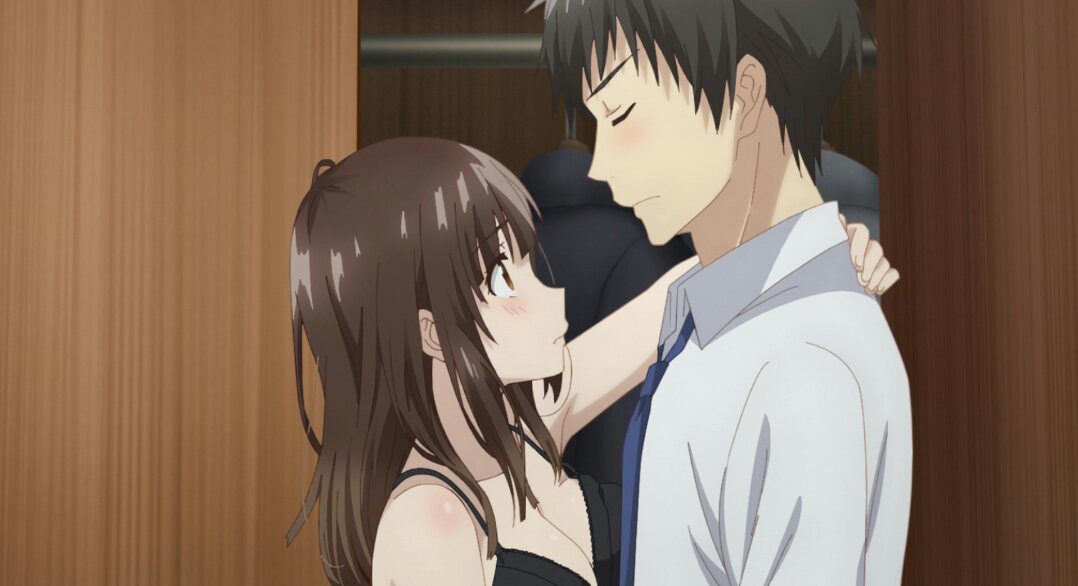
Osananajimi ga Zettai ni Makenai Love Comedy (2)
“It’s becoming more obvious, this series is borderline handicapped when pen meets paper to construct anything that even remotely resembles an admirable episode script”
Osamake returns with a fuller showing, packed with more development and wanted detail yet seemingly having a hard time in conveying that effectively as its core plot is amateur at best – and the rest has unsurprisingly been crusty. It’s becoming more obvious, this series is borderline handicapped when pen meets paper to construct anything that even remotely resembles an admirable episode script. And while that may seem harsh, it’s currently hard to deny with how the childhood “twists”, if they can even be called that, ended up in addition to episode two’s overall lazy writing – coming off as needlessly fast in pace, overtly contrived, and just all too generic at times when trying to lay the groundwork for the Cultural Festival. Sadly, Osamake appears to be rolling down the path of becoming every bit of a rudimentary light novel romcom as its cover and synopsis suggest.
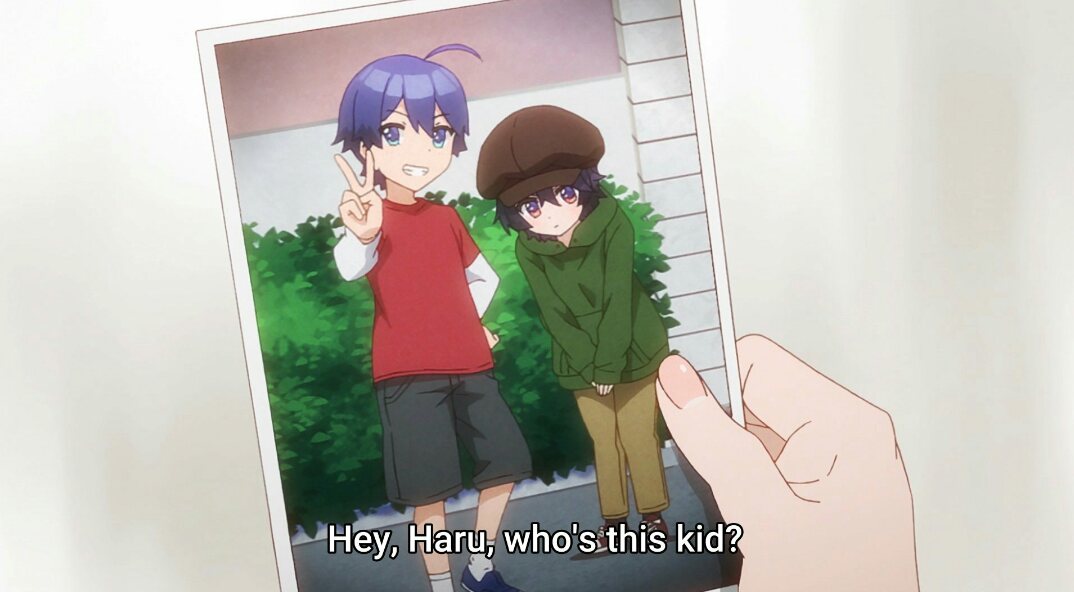
SSSS.Dynazenon (4)
“It’s almost impressive how this series has, and still continues to wither in quality on a weekly basis”
A trashcan can only get so full before you have to take it out, and with episodes like this, SSSS.Dynazenon is quickly reaching the brim. There are several reasons both in its script and what this series attempts to pass off as engaging characterization as to why this latest fourth showing simply fails – yet its grandest flaw is direction, which is so unmistakably poor it practically overshadows the rest.
When done well, scenes flow into each other in a fashion that’s not only aesthetically competent but narratively relevant – passively building a specific atmosphere, gradually revealing a fuller world, displaying nuanced character traits, and hinting at tidbits the writer wants to convey to the audience. In other words, it’s an element that’s purposeful and focused. However, here, it’s too often a schizophrenic mess – most noticeably when bouncing from Shizumu’s entrance to the Eugenicists’ ongoings and then to Yomogi’s cold with the grace and vision of a relatively new YouTuber trying to edit clips together.
It’s almost impressive how this series has, and still continues to wither in quality on a weekly basis, quickly morphing into no more than an example of structural characteristics to avoid if you want a successful anime.
